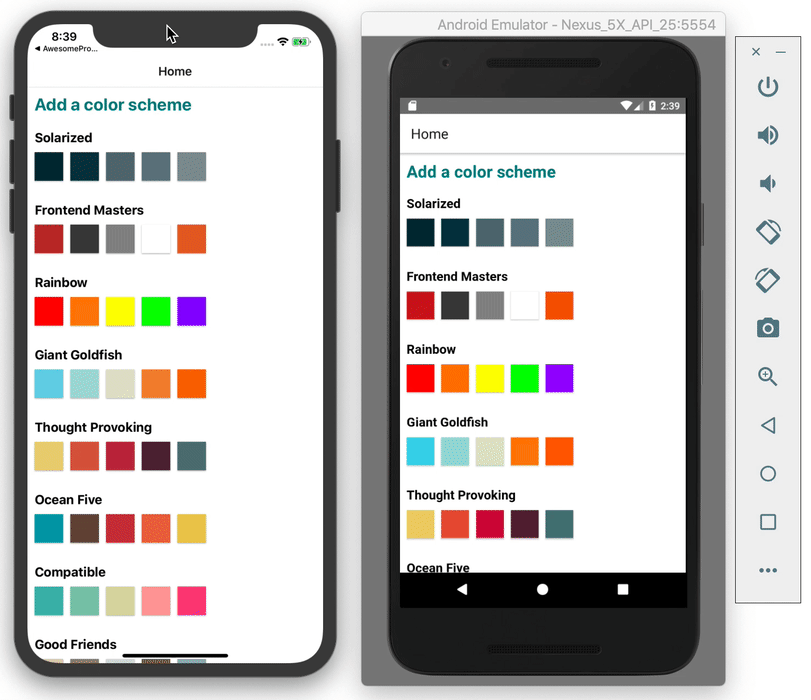

Use concrete nouns or verbs as tab titles. For example, even when there is no music on an iOS device, the Listen Now tab in the Music app remains available and offers suggestions for downloading music. When necessary, explain why a tab’s content is unavailable. If tabs are enabled in some cases but not in others, your app’s interface might appear unstable and unpredictable. Keep tabs visible even when their content is unavailable. In general, use three to five tabs in iOS use a few more in iPadOS and tvOS if necessary. Aim for a few tabs with short titles or icons to avoid crowding and causing tabs to truncate.


Each additional tab increases the complexity of your app, making it harder for people to locate information. Use the minimum number of tabs required to help people navigate your app. Because a modal view gives people a separate experience that they dismiss when they’re finished, hiding the view’s tab bar doesn’t affect app navigation. The exception is a tab bar within a modal view. Make sure the tab bar is visible when people navigate to different areas in your app. If you need to provide controls that act on elements in the current view, use a toolbar instead. A tab bar lets people navigate among different areas of an app, like the Alarm, Stopwatch, and Timer tabs in the Clock app. Use a tab bar only to enable navigation, not to help people perform actions. See Tab views for the similar component in macOS. They also let people quickly switch between sections of the view while preserving the current navigation state within each section. Tab bars help people understand the different types of information or functionality that a view provides. Namely, a mobile-friendly and a desktop-friendly navigation both displayed when needed.Tab bars use bar items to navigate between mutually exclusive panes of content in the same view. With this, we now have the final result I showed at the beginning of our tutorial. We added d-none d-lg-block on the top bar which means it will be hidden for smaller screen sizes and the inverse d-block d-lg-none on our bottom tab navigator. Using this logic, we will add a couple of classes in our Navigation.js file: import React from 'react' Therefore, d-none would hide on all screen sizes but d-sm-none d-md-block would display on medium and larger screen but hide for small and extra small. Import for sm, md, lg, and xl where value can be none, inline, block, … Here is our final App.js: import React from 'react' For example, /#/home )įor this tutorial, I will go with BrowserRouter.

Let’s continue by setting up our different pages. If you do npm start, you should see the default starter page with the react logo: npx create-react-app my-appįor reactstrap to work, we also need to import Bootstrap CSS into our src/index.js: import 'bootstrap/dist/css/' Let’s create our project and set up the libraries needed.


 0 kommentar(er)
0 kommentar(er)
